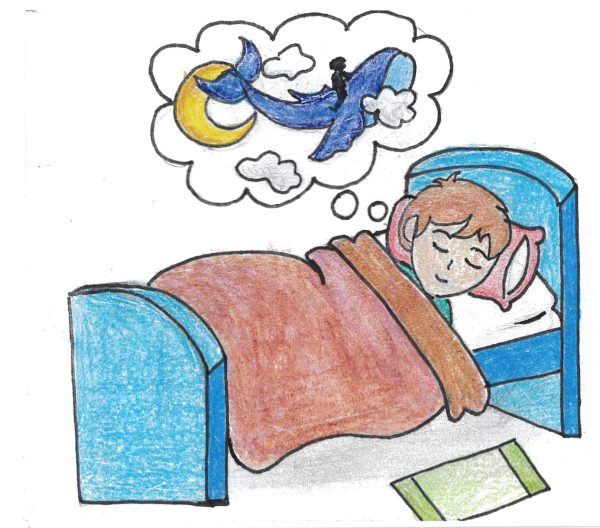What we know about the new sub-variant of omicron, BA.2
Omicron has only been around for a couple of months in the US. The first confirmed case in the United States was Dec. 1, 2021. There seems to be a new sub-variant of BA.1 called BA.2, according to a recent study.
BA.1, the original Omicron, is very transmissible. Even more so than its cousins, the Alpha and Delta variants. BA.2 is reminiscent of BA.1, the original Omicron, but with a few differences.
A study published Jan. 31 by researchers at Statens Serum Institute (SSI), Copenhagen University, Statistics Denmark, and the Technical University of Denmark, found that after analyzing coronavirus infections in over 8,500 households, BA.2 turned out to be 33 percent more likely to infect others than BA.1. Although keep in mind that at the time of writing this article, the study has not yet been peer reviewed, so it’s not officially credible yet.
There’s also a chance to be reinfected with this new subvariant if you’ve already had BA.1 Omicron, but currently it seems to be quite a small chance and fairly rare.
Although the study says that BA.2 is more infectious than BA.1, scientists agree that it isn’t yet driving a second wave of COVID-19. In fact, Covid cases globally have dropped 21 percent the last week of February.
Since Feb. 25, this new sub-variant has been the top Covid variant in 18 different countries, including Denmark where it was first identified, and it represents 35 percent of all new Covid cases that have been genetically sequenced. In the US, BA.2 makes up only around 4 percent of our new Covid cases.









